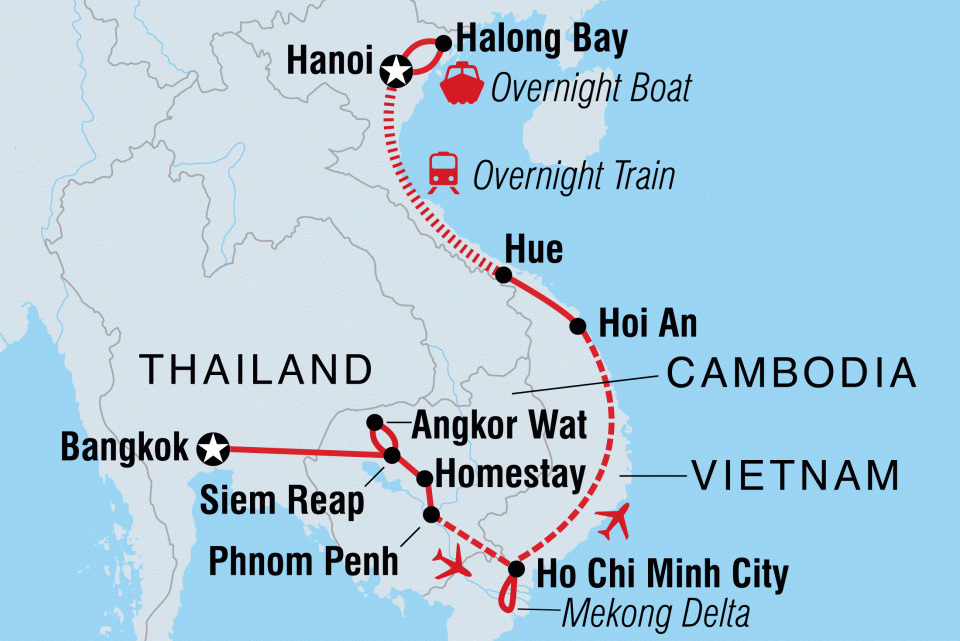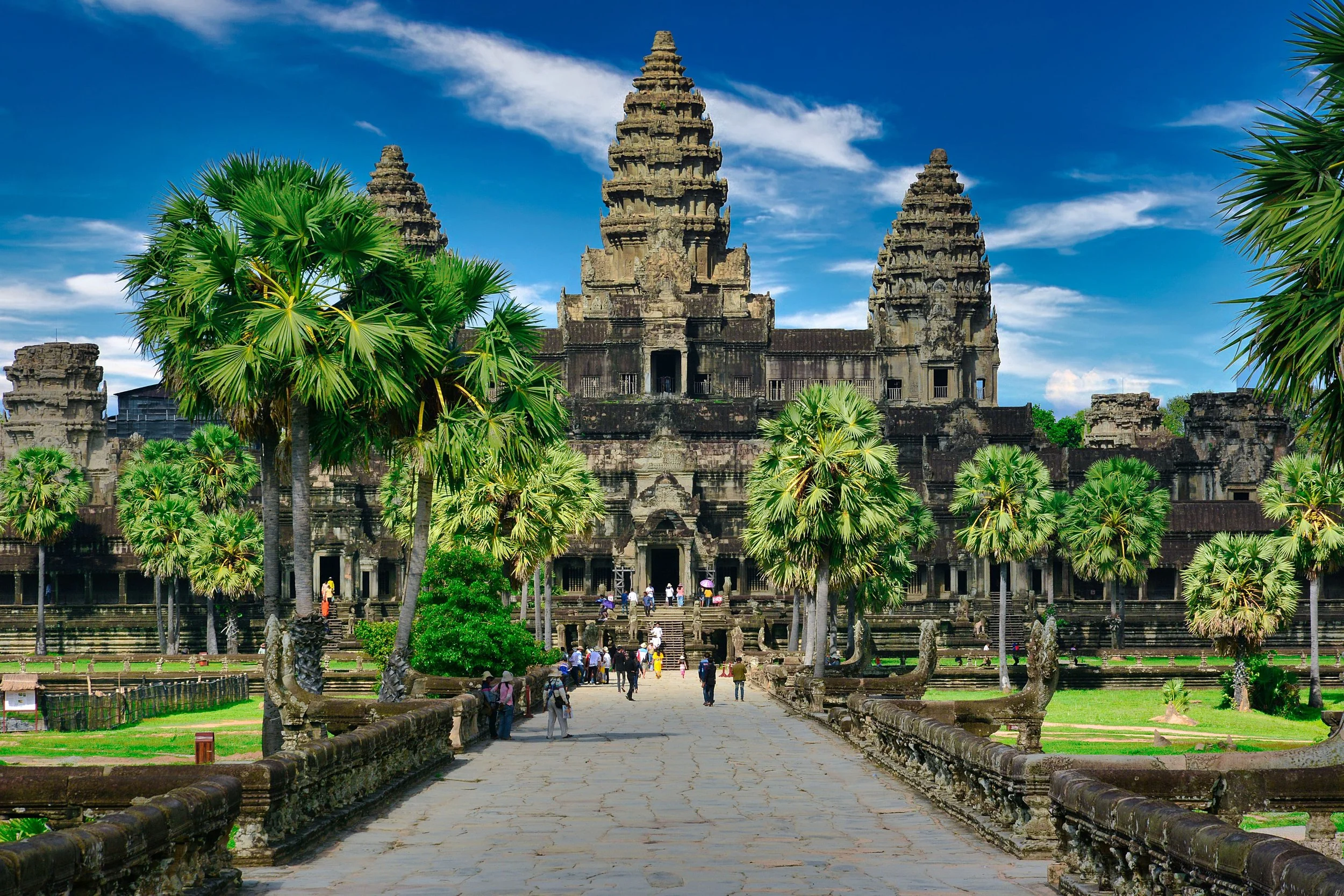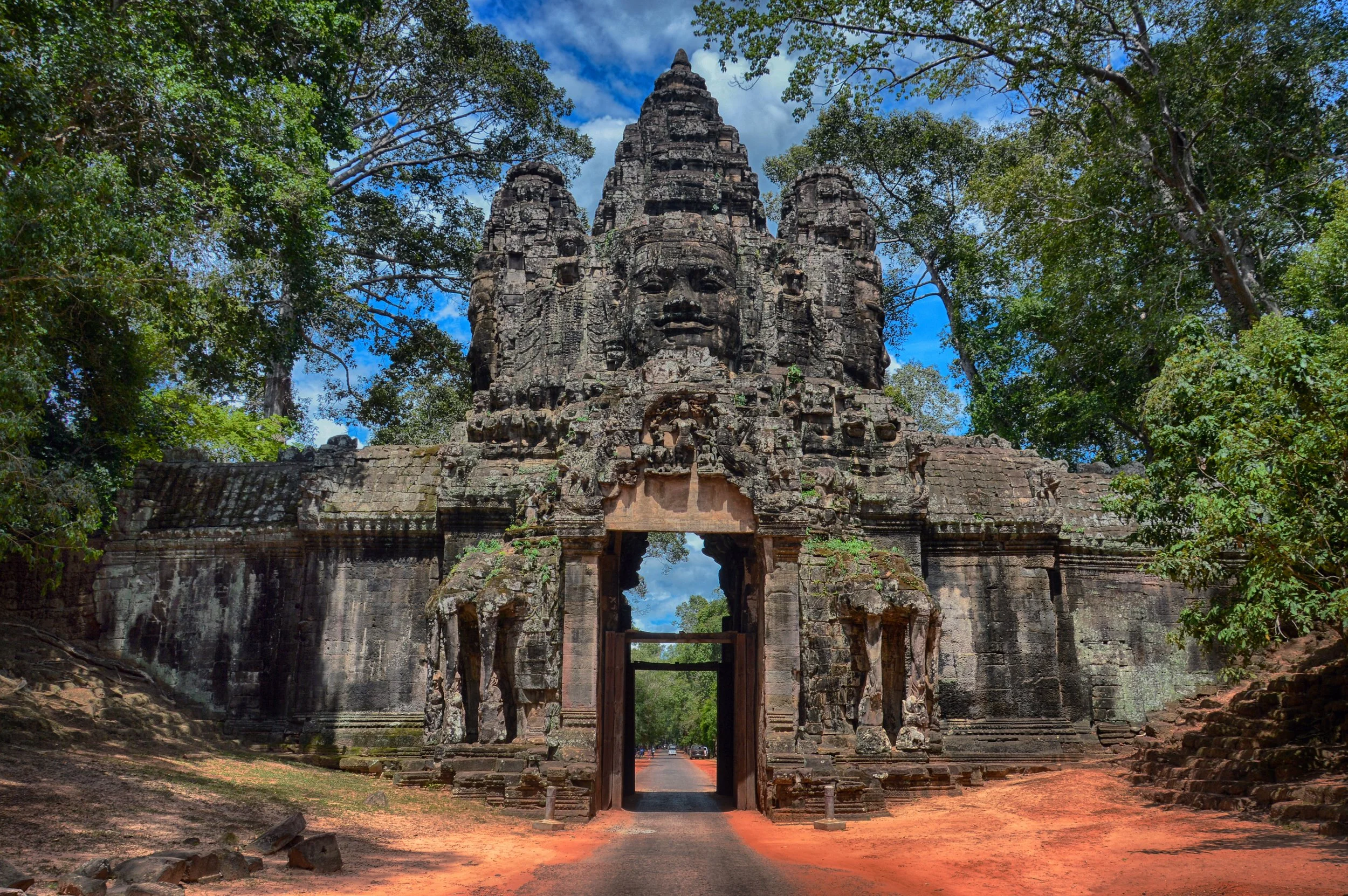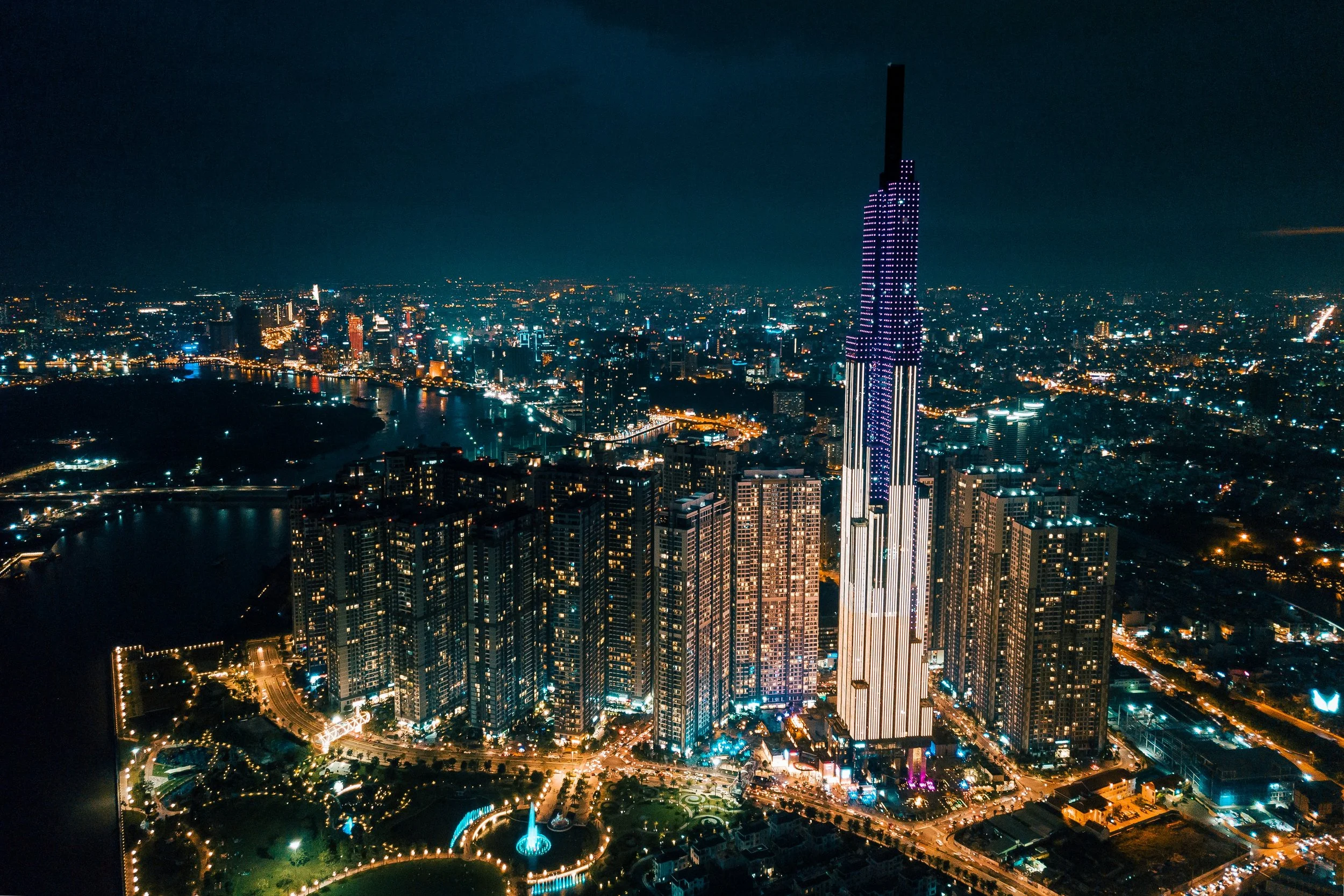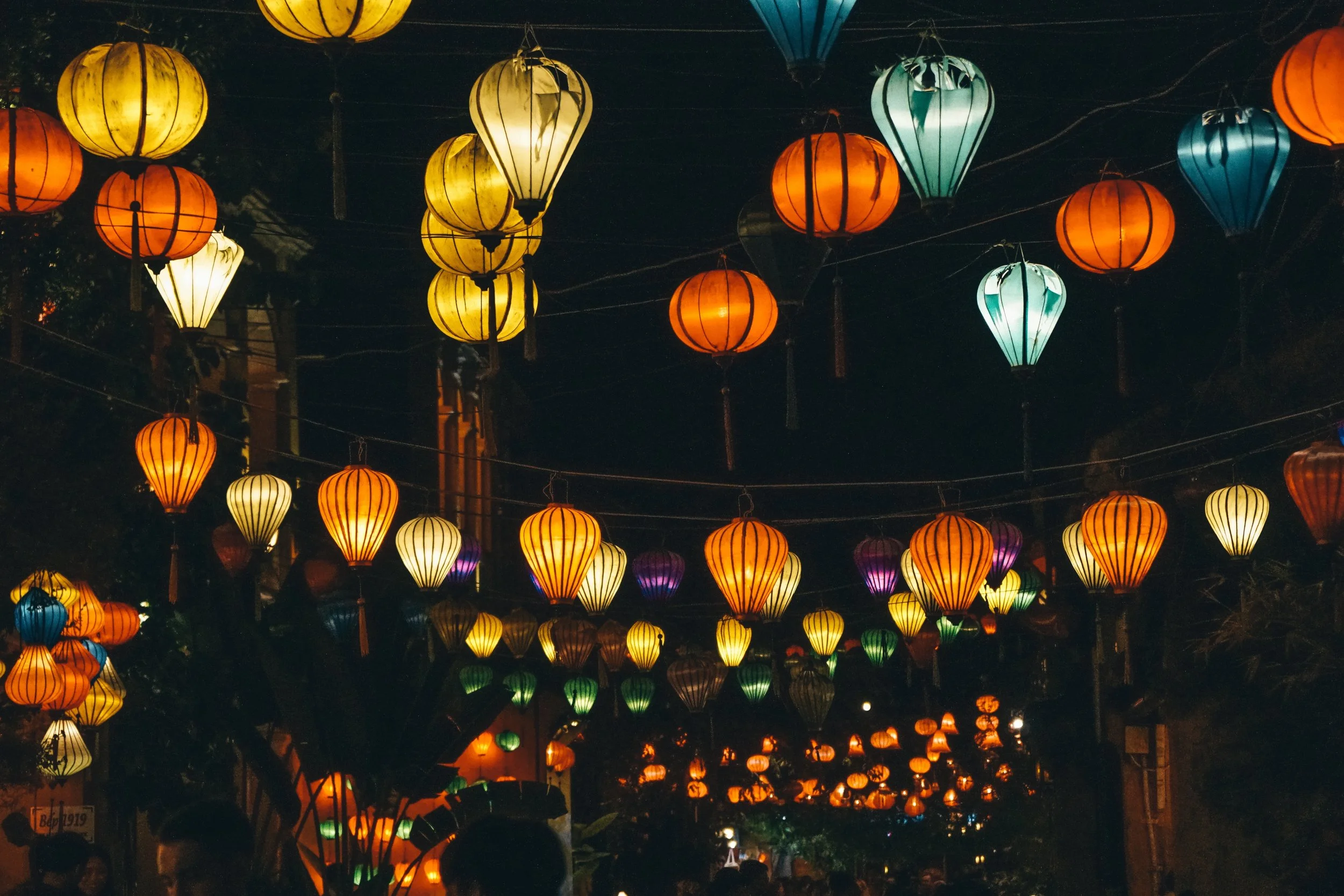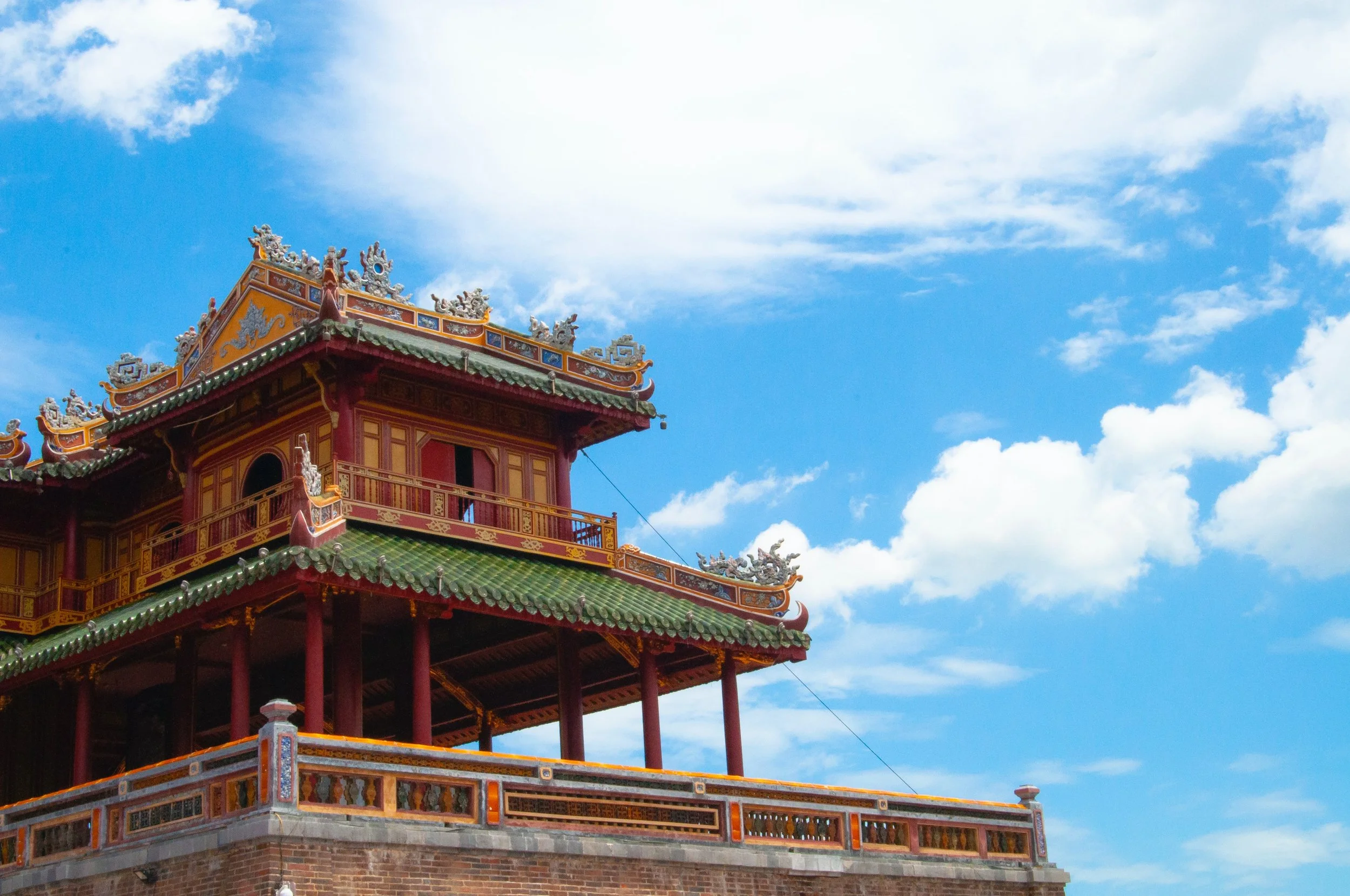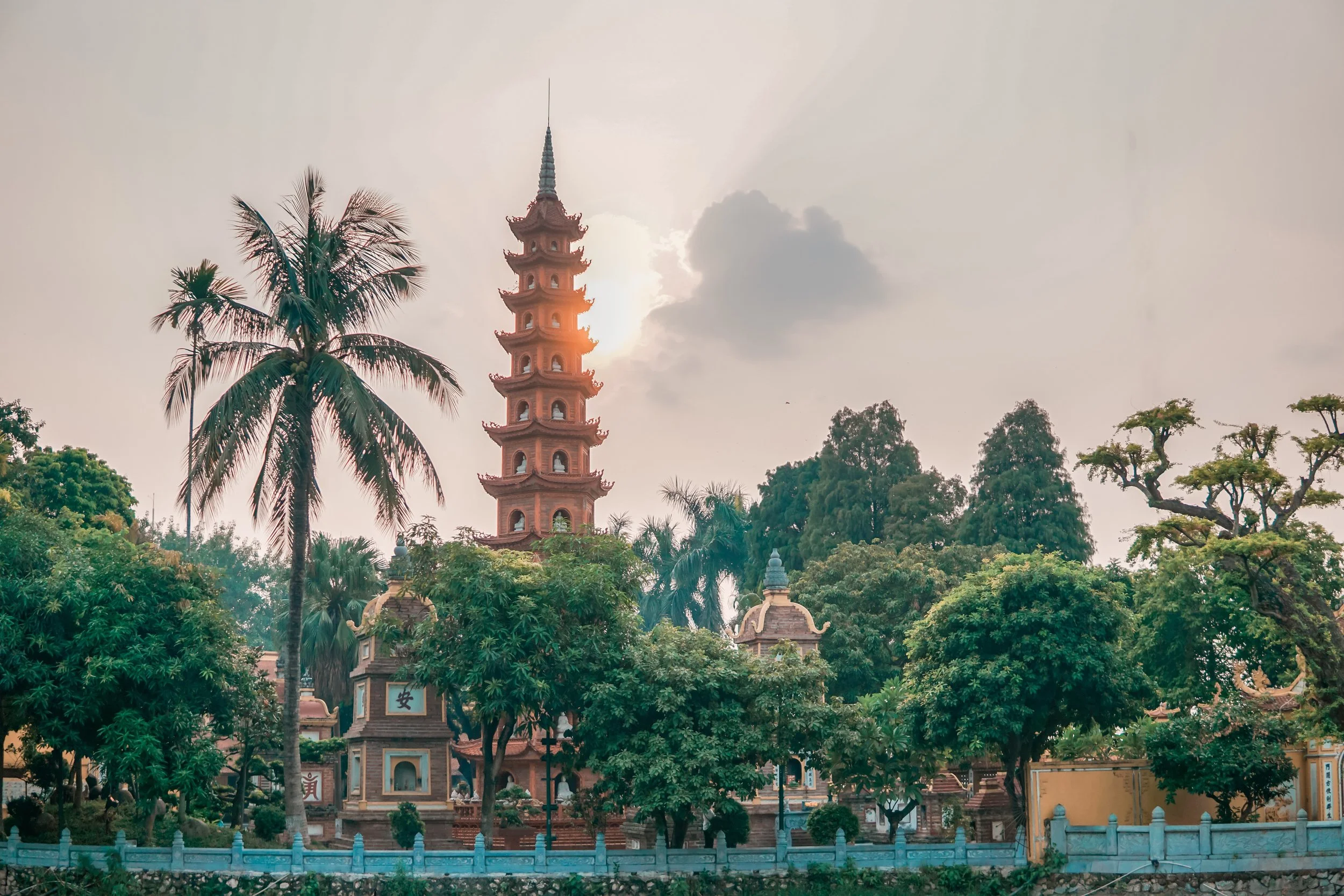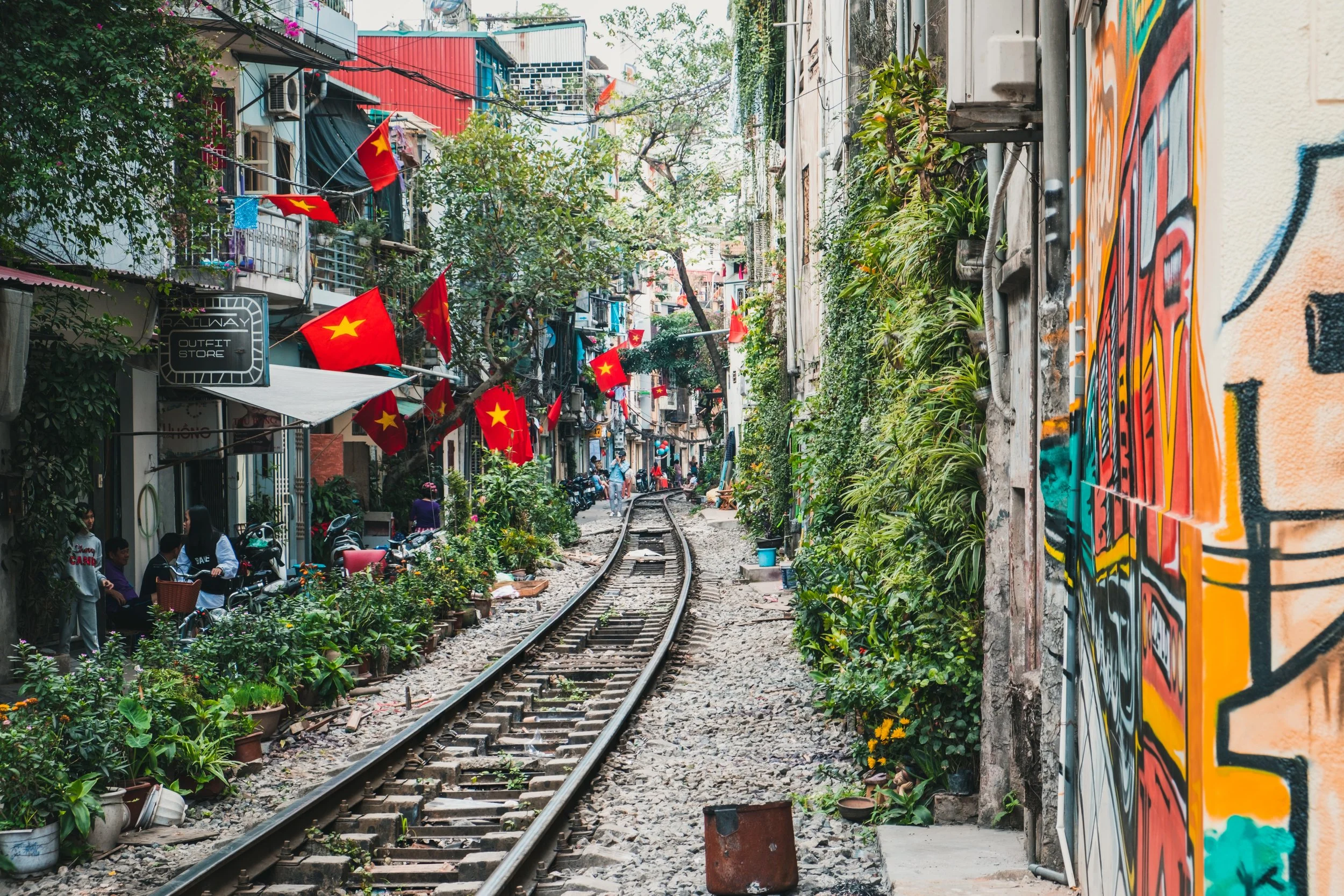BEST OF CAMBODIA AND VIETNAM
Take part in a fast-paced, far-flung trip in the heart of Vietnam and Cambodia that will pique your attention and sate your appetite. Go across the varied South East Asian countryside for 18 days, passing via tiny villages, magnificent beaches, and thriving cities. You'll concentrate on unforgettable encounters, the locals, and of course the delectable cuisine all the way to Hanoi in northern Vietnam, starting in the hectic Thai city of Bangkok. What's not to love about this enthralling region of the world? A tour of the Angkor temples here, a homestay in the Mekong Delta there, and plenty of leisure to construct your own route there.
Itinerary
Day 1: Bangkok
Around 6 pm, there will be a crucial welcoming gathering to kick off your expedition. Bangkok has a lot to offer those who have the time to explore it, so consider arriving a day or two early and taking a riverboat to Chinatown to explore the bustling streets, discover the magnificent Grand Palace and the Temple of the Emerald Buddha, pay a visit to Wat Pho (home to the nation's largest reclining Buddha), wander down the tourist hotspot of Khao San Road, or get a Thai massage. Maybe get your other travellers together after the conference tonight and have some renowned street cuisine.
Day 2: Siem Reap
By private minivan, the journey from Bangkok to Siem Reap takes a while (approximately 10 hours including border crossings and lunch). The entrance to Angkor is located in the small but growing town of Siem Reap. Travelers flock to this location more than any other in all of Cambodia, and maybe all of South East Asia. Take a stroll and soak in the environment since you'll undoubtedly notice a change of pace here. Start by visiting the neighbourhood markets to sample some delectable street cuisine.
Day 3: Siem Reap/Angkor Wat
Arriving at Angkor Wat early in the morning to see the sun rise over the ancient temples as it did in the past is a really satisfying experience (weather permitting). Finally, to make the most of your visit to the renowned Angkor complex, built between the ninth and 13th centuries when the Khmer kingdom was the dominant force in South East Asia, spend a full day temple-hopping with your local guide. The major temple complex is near Siem Reap, so you'll have enough of time to thoroughly enjoy the amazing ancient treasures. The ruins are dispersed over a region of over 160 square kilometers. They include Ta Prohm, Bayon, and Angkor Wat. The temples were designed with perfect balance, symmetry, and composition because they were thought to reflect the cosmos. Watching a sunrise or sunset is a must because of the incredibly finely carved bas-reliefs and architectural features, and there are breathtaking photography possibilities at all times of the day.
Day 4: Siem Reap/Angkor Wat
On a half-day excursion, continue your investigation of the Angkor Complex. The name-brand Angkor Wat is among the buildings you'll see now and in the past. It is the biggest and most complete building in Angkor and the only temple whose entrance faces west rather than east. Then there is Angkor Thom, often known as the "Big Royal City," which is a temple renowned for its collection of very large human faces carved out of stone. The most impressive of all the temples seen is Bayon Temple, which features more than 200 smiling carved faces and more than 50 gothic towers. You'll also go to Ta Prohm Temple, where nature has returned and tall trees are interlaced into the building's stone foundation.
Day 5: Siem Reap
At Siem Reap, you are free to decide on your own trip. Your site pass entitles you to another day of exploration, so you are free to return to Angkor Wat if you'd like. Instead, if you're up for an adventure, consider doing the Angkor zip-line course, which will give you a birds-eye perspective of the breathtaking jungle as well as, of course, an adrenaline rush. The opportunity to explore Tonle Sap Lake and its floating towns may exist depending on the season. Ask your group leader for advice and information on what is currently feasible since they are the right people in the right locations.
Day 6: Sambor Prei Kuk
To go to Sambor Prei Kuk and your accommodation, take a private minivan (approximately 3.5 hours). Your local guide will take you on a tour of the village. The tour will give you an overview of local customs, accommodations for your homestay, and your hosts for the evening. Your homestay's amenities are basic, but it's a great chance to see how people live in rural Cambodia. If you wish to visit them, the neighbouring temple remains at Sambor Prei Kuk are among the oldest in the nation and date back to the sixth century. Spend the evening unwinding and unwinding as you dine with your host family over a customary Cambodian meal.
Day 7: Phnom Penh
Leave the village after breakfast and take a private minivan to Phnom Penh (approximately 4 hours). With multiple stops at interesting locations along the road, the voyage is a fantastic opportunity to experience Cambodia as it truly is. It would be feasible to visit Santuk Silk Farm's cottage enterprise and dine on deep-fried spiders there. The Mekong and Tonle Sap rivers come together at a significant point in Cambodia's capital, which features some beautiful examples of French-influenced architecture. Have some spare time this afternoon to engage in extracurricular activities. Explore Wat Phnom, a serene temple located on a nearby hill.
Day 8: Phnom Penh
Phnom Penh continues to be a live reminder of the nation's earlier challenges and triumphs. Visits to the Choeung Ek Killing Fields and the Tuol Sleng Genocide Museum (S21), which depict the horrific legacy of the Khmer Rouge, are included in your day. More than 20,000 individuals are said to have been kept and tortured at S21, a former school that the Khmer Rouge used as a torture facility. A stupa composed of almost 8000 human skulls marks the execution site for the Tuol Sleng torture victims in the Killing Fields of Choeung Ek. You'll have time to yourself for the remainder of the day after seeing both locations.
Day 9: Ho Chi Minh City
Take a lone flight to Ho Chi Minh City. You'll be taken by your transfer to your hotel in Ho Chi Minh City. Ho Chi Minh City is a vibrant city with French influences. Consider going to Vinh Nghiem Pagoda, taking an Urban Expedition with a knowledgeable local guide, or going to Pham Ngu Lao Street to experience the neighbourhood open-air market. Prior to your group gathering at 6 pm, take advantage of some spare time to explore the city. After the meeting, consider attending an optional group supper to get to know your fellow travellers and sample some Vietnamese food.
Day 10: Mekong Delta - Ho Chi Minh City
After a three-hour private minibus ride to the south, you'll spend the day touring the Mekong Delta. When you arrive, hop on a private boat and navigate the complex canals. While cruising through this lush region, known as "the rice bowl of Vietnam," take in the peaceful surroundings and stunning sights. In Ben Tre, disembark to see the coconut groves. Then, stop at a native residence to eat tropical fruits and coconut jam before paddling in sampans (small rowing boats). Learn about rural life and local livelihoods by taking a tuk-tuk tour of the villages. Lunch may be had at a restaurant in the heart of the delta, where you can sample local delicacies including the renowned elephant ear fish. After that, return to the boat and travel the main canals of the delta to the Ben Tre boat pier. Return to Ho Chi Minh City via bus following the cruise.
Day 11: Hoi An
Leave Ho Chi Minh City and depart for Danang in the north (approximately 1 hour and 30 minutes). The Marble Mountains' five magnificent peaks will be your backdrop as you travel by bus for 45 minutes to Hoi An. After you arrive in Hoi An, your guide will lead you on a walking tour of this distinctive city that has been shaped over time by Europe, China, and Vietnam. Pagodas and assembly halls can be seen all across the town, which was an important commercial port from the 17th century onward. These influences may be seen clearly in the town's architecture. Although tiny, the area is lively in addition to charming, and serene. The trip will take you to streets that are now undergoing restoration and will soon resemble those from more than a century ago. You may see a historic house that was formerly occupied by a well-known trader, the Japanese Covered Bridge, a Chinese assembly hall, and a museum as you walk through low tiled houses.
Day 12: Hoi An
Spend a free day in Hoi An, which is recognised as a World Heritage Site. You could like exploring the Central Market and the street booths offering a variety of items including paintings, pottery, lanterns, and woodwork. The excellent tailors of Hoi An are renowned for producing exquisite goods on demand in a matter of hours. Why not rent a bike and explore the nearby countryside if you're still feeling adventurous? One of the finest ways to learn about rural Vietnam is through this. A ride down the Thu Bon River, a visit to the neighbouring Cua Dai Beach, and a day excursion to the magnificent temple known as My Son Cham—a site on the World Heritage List—all represent additional potential activities.
Day 13: Hue
Today, depart Hoi An and travel the steep Hai Van Pass, an occasionally unsteady but breathtakingly beautiful section of road with views of Lang Co Beach. Make a brief photo break on the route, then proceed to Hue, the historic capital of Vietnam's imperial system (approximately 5 hours including stops). Hue boasts an intriguing combination of busy streets and peaceful landscapes, as well as the relics of Vietnam's royal past. Follow your guide for a tour of the Imperial Citadel, which contains the Imperial City and the Forbidden Purple City, a citadel inside a citadel. The rubble and holes left by bombs serve as a reminder of the devastation that was wrought on this symbol during the Vietnam/American War.
Day 14: Hue - Overnight Train
The journey for the day will be made on a motorbike. Your personal driver will take you first on a tour of the Imperial Citadel before taking you to the Thien Mu Pagoda, Hue's unofficial landmark. This location has been a functioning Buddhist monastery since 1601. You may also see the vehicle that a monk set ablaze to protest how the South Vietnamese government treated Buddhists. After a delightful vegetarian lunch at a convent or Buddhist monastery, travel to the imperial mausoleum of Emperor Tu Duc, which is surrounded by a lake, frangipani shrubs, and pine trees. Take an overnight train to Hanoi in the evening (approximately 12 hours).
Day 15: Hanoi
Early in the morning, arrive in Hanoi, and then take a taxi to your accommodation. The capital of Vietnam is renowned for its lovely lakes, shady boulevards, public parks, and lovely Old Quarter. Hanoi, a developing metropolis in South East Asia, offers an appealing contrast between contemporary office buildings, historic Buddhist temples, and maze-like ancient lanes. Take a walking tour of the city later in the day to view landmarks like the Temple of Literature and Ho Chi Minh's former stilt home. If you have some extra time, consider stopping by the Old Quarter's "36 Streets," seeing Hoan Kiem Lake, or going to the Fine Arts Museum.
Day 16: Halong Bay
See the breathtaking Halong Bay World Heritage Site in a private minivan (approximately 4 hours). This quiet cove with green seas and limestone islets and caverns is one of Vietnam's most stunning locations. Here, you may take a trip to see Surprise Cave and the nearby rock formations, and during the warmer months, you might consider going kayaking or swimming from Ti Top Island. Stairs provide access to Surprise Cave. The cave's interior has some rough and slick passageways. Fresh seafood will be served for lunch and supper in the dining area and bar on board your cruise, where you will have your meals. Spend the night on the boat while admiring the starry sky.
Day 17: Hanoi
It's time for one more stop before you go from the spectacular sight as you wake up on the Halong Bay seas. The Green Life Center is dedicated to transforming Halong Bay's rubbish into treasure by gathering waste materials and expertly transforming them into lovely handicrafts. See how to turn trash into a practical and reusable bag while getting to know the folks behind this worthwhile initiative. After visiting, take a bus back to Hanoi (approximately 3.5 hours). Arrive in Hanoi late this afternoon, then take advantage of your free time to visit the city's attractions or finish any unfinished shopping. Instead, why not unwind at a café or stop at one of the Old Quarter's microbars for a freshly made draught beer known as bia hoi?
Day 18: Hanoi
Your tour in Vietnam comes to an end. There are no activities scheduled for the last day, however you might want to explore extending your experience with a quick tour such as "Hanoi Street Food by Night" or "Village Exploration by Cycle". Visit Hoa Lo Prison, often known as the "Hanoi Hilton," which housed prisoners of war during the Vietnam War. The Museum of Ethnology is another option, and it features amazing indoor and outdoor exhibitions.

